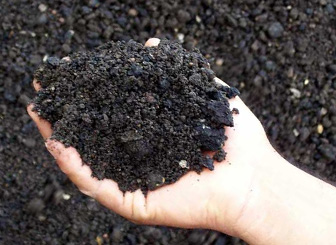Approaches to Value and Factors Considered in Asphalt Appraisals
Primary asphalt demand typically peaks in late summer and early autumn and declines in November, December, January, and February when weather in much of the U.S. is less amenable to construction. Normally, production of primary asphalt follows a similar cycle, but with a smoother path showing less winter-to summer variation. As with most seasonal businesses, the sales to inventory levels are inverse.

For our analysis and liquidation models, JCM first calculates the net salable barrels/tons of product by estimating the number of barrels/tons that were classified as unrecoverable using the Company’s “Heel Report”, by location and then making this portion of the inventory ineligible. “Heels” (also referred to as “tank bottoms”) are the remaining barrels/tons of product in the tanks that could not be easily pumped out because the physical configuration of the storage tanks. As a result , there is some product which would not be removed during a liquidation because the excessive time, effort and expense relating to the removal of the product would be prohibitive. Tank bottoms, or “heels” are an issue with all types of inventory, but are most important in relation to first asphalt and then emulsions. Remember, tank bottoms (heels) are a constant and usable inventory is variable. As a result, the percentage of product that is ineligible is inverse to the total barrels/tons actually in the tank.
JCM’s primary liquidation value is based, on the premise that demand for finished goods inventory would be at its highest during the high season, but that sales of asphalt would remain high because of contracts that had already been negotiated and because of additional discounting that would be given during the liquidation. Based on the demand, then, products would be manufactured on an as needed basis and would probably be sold through their normal channels.
Things to remember
- Understand the operations of the Company.
- Be familiar with regional and/or seasonal market fluctuations.
- Understand the nomenclature and unit of measure.
- Determine the best market for each type of asset.
Testimonials
Thank you again for your fast turnaround on this deal. Because of your input and quick response, we were able to close as promised.
Key Terms When Appraising and Liquidating Asphalt
1. One that moves through a prepared aggregate windrow on the roadbed, adds and mixes the asphalt as it goes, and rear discharges a mixed windrow ready for aeration and spreading.
2. One that receives aggregate into its hopper from haul trucks, adds and mixes asphalt, and spreads the mix to the rear as it moves along the roadbed.
3. Batch mixing units, such as slurry machines, that haul materials to the site and then mix and apply the materials.
